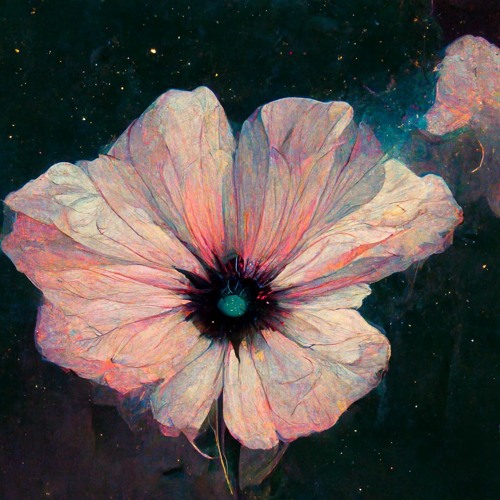@cec Wiem, że to nie jest rocket science, a rezystory i potencjometry by się znalazły, ale wypadałoby by jeszcze jakieś gniazda dokupić, do tego jakąś estetyczną obudowę ogarnąć, i znaleźć czas na polutowanie i złożenie wszystkiego.
Wolę kupić gotowca, aby poświęcić czas na rzeczy, których kupić się nie da - generalnie całość jest w ramach projektu ogarniania bajzlu w kablach i sprzętach (np. ostatnio serwerek/NAS na rpi dostał zgrabną obudowę, chłodzenie i dużo diod do raportowania statusów rzeczy). W drodze jest właśnie DAC do niego, i oprócz bycia NASem zostanie też serwerem do odgrywania muzyki.


















